Tennessee’s economic prosperity is intimately linked with the health of its agricultural systems, communities, and natural ecosystems. Many factors threaten the health of Tennesseans, including emerging infectious diseases transmitted by water, food, and insects, and through interactions with livestock, wildlife, and companion animals.
Our farmers, veterinarians, natural resource practitioners, and public health professionals are at the front lines of disease emergence and are creating innovative strategies to respond to and manage these challenges.
Challenges We Face

Zoonoses
Zoonoses, or pathogens transmitted from animals to humans, account for over 70 percent of the infectious diseases in humans, which costs the United States over $7 billion annually.
- The current COVID-19 pandemic is an example of a zoonose that has affected nearly the entire globe
- 50 percent of annual livestock losses are due to zoonotic pathogens
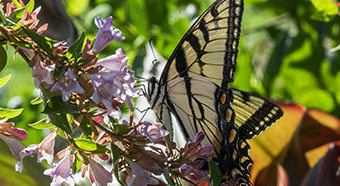
Environmental Concerns
Flora and fauna across the globe—and across Tennessee—are dwindling in numbers as a result of toxins, diseases, and human interference.
- Biodiversity Decline
- Pollinator Decline
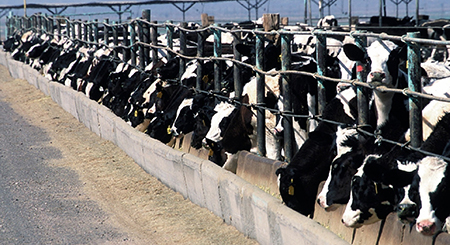
Livestock Disease
Outbreaks of livestock diseases have negatively impacted Tennessee farmers, such as highly pathogen avian influenza, which resulted in tens of thousands of chickens culled and millions lost in revenue.
- Highly Pathogen Avian Influenza (HPAI)
- Brucellosis
- Tuberculosis
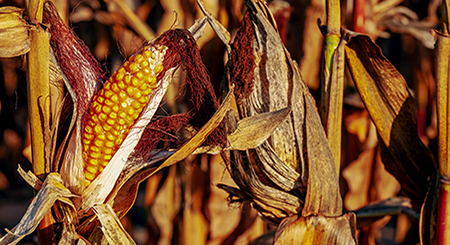
Plant Disease
Plant diseases can reduce agricultural production and access to a healthy, reliable food source, which is essential for public health.
- Soybean rust can reduce crop yields up to 80 percent
- Thousand Cankers Disease (TCD)
- Bacterial blight

Chronic Disease
Non-communicable, or chronic diseases, such as opioid addiction and access to adequate nutrition, weigh heavy on the well-being and economy of Tennessee, particularly in rural communities.
- The opioid crisis costs the US $78.5 billion per year in health care and other expenses
- Food deserts and access to food is a daily challenge for 795 million people worldwide
- Asthma, diabetes, and heart disease are just some of the chronic conditions affecting Tennesseans
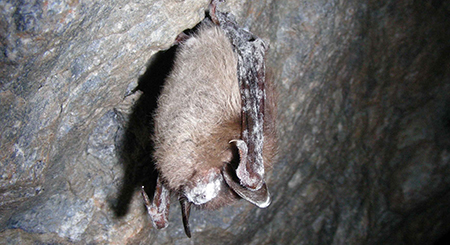
Wildlife Disease
Chronic wasting disease in white-tailed deer was detected in Tennessee in 2018 and is expected to cost the state $100 million annually. Similarly, the emergence of white-nose syndrome in bats could cost Tennesseans billions of dollars annually because of their role in pollination.
- Chronic Wasting Disease (CWD)
- Hemorrhagic disease (HD)
- White-nose Syndrome
- Distemper
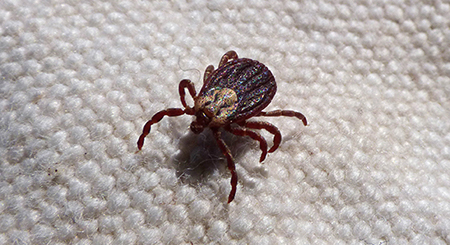
Vector-borne Disease
Cases of flesh-eating bacteria, antimicrobial resistant pathogens, and vector-borne diseases are on the rise in our state.
- Lyme Disease
- Antimicrobial Resistant Pathogens
- California serogroup viruses
- Spotted fever rickettsiosis